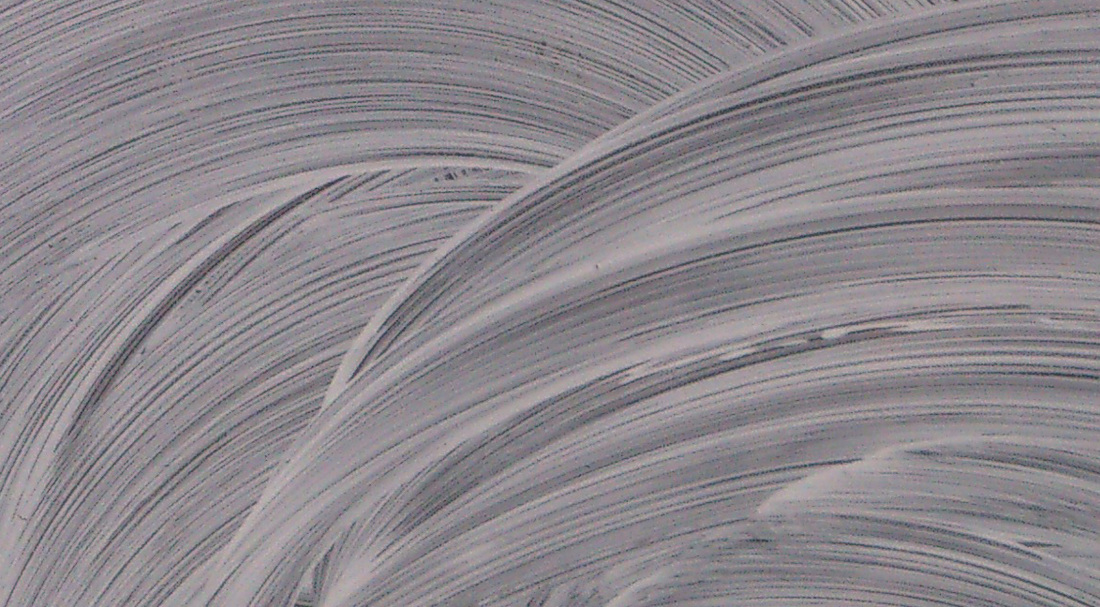
Transcribed for wind band, from J.S. Bach: Prelude and Fugue XXII The Well-Tempered Clavier, Volume 1.
1. Edge of Chaos 2. Worthing version
Prelude and Fugue XXII (black screen version)
In the first two music/films I am playing with the idea of chaos versus order: against the order in Bach’s Prelude and Fugue, I have placed images of chaos.
There is a link between the visual track and the music:
these chaotic images had to be ordered in their sequence in time.
Inevitably we attempt to make an order out of the chaos which faces us.
We try to find a figurative solution to the problem of interpretation which is posed by each image, and their combinations.
The order of these images was mostly determined by chance, but not entirely, so the ambiguity of interpretation they provoke in us has a parallel in their temporal structure.
The images are on the edge of chaos, both in their aspect and in their order in time.
These elements are fundamental to the creative process.
When Bach composed this music he used methods based on pre-existing models: preludes and fugues.
He created an expressive structure from what would otherwise be musically incoherent. However, within these pre-existing structures, he had to make an extensive range of choices.
So without the restrictions these structures provide, the creative process cannot even begin.
Bach achieves astonishing levels of effective expression, of excitement, by continually pushing at the limits.
Here he takes the model of a prelude and fugue and he takes it as far as it can go, to an extreme state on the edge of chaos, of incoherence -
like a tight-rope walker on the edge of falling.
In the Worthing version I use images which were caught at one specific moment, at one specific angle of view, at a certain time in the year, with a unique set of weather and wave conditions, unlikely to be ever repeated, also due to the repeated action of the waves. Yet all these restrictions still result in a surprising level of variation, as in a fugue which is pushed to its structural limits.
